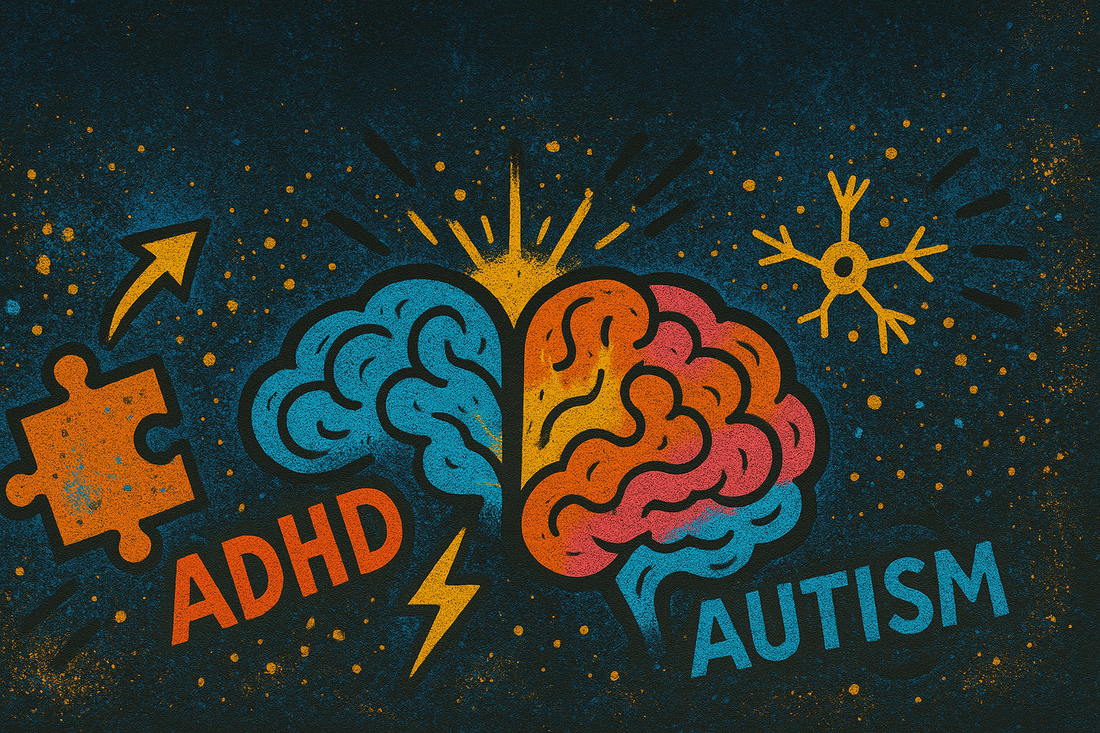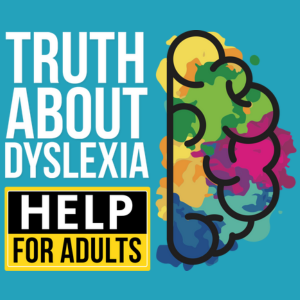
Maryland Scientists May Have Found a Big Clue About ADHD and Autism
Share
For years, doctors and parents have wondered why ADHD and autism seem to go hand in hand. Now, a group of researchers in Maryland may have uncovered one of the biggest clues yet. Their study suggests that the two conditions are far more connected than most people realise, and that could change how children are diagnosed and supported in the future.
The Study in Simple Terms
Here’s what the Maryland team did. They followed a group of children who were diagnosed with autism early in life. Then, as the kids grew older, they checked back to see how things had changed.
What they found was fascinating. Many of those kids went on to meet the criteria for ADHD as well. In fact, an early autism diagnosis was a strong predictor of ADHD showing up later.
But it gets even more interesting. Some children who were originally thought to have autism no longer fit that profile when they were reassessed. Instead, their main struggles looked a lot more like ADHD. Things like focus, organization and attention were the real challenges once they got older.
Why This Matters
This flips the old way of thinking on its head. For decades, autism and ADHD were treated as separate conditions. But what the Maryland study shows is that they overlap in ways that make diagnosis messy.
That’s important, because if doctors mistake early ADHD traits for autism, kids might not get the right support when they need it. On the flip side, some children genuinely have both conditions, and one can mask the other. Without careful assessment, the real picture gets lost.
The Human Side
Think about what this means for families. A child might be given autism support when what they really need is help managing attention. Another might be labelled ADHD, while their social struggles point to autism. Parents are left confused, and kids end up with tools that don’t fit.
When doctors and teachers understand the overlap, support can finally be tailored to the child’s actual needs. That could mean attention training, coaching for executive function, or therapies designed to strengthen social understanding. The difference could be life-changing.
Bigger Picture for Neurodiversity
The Maryland study is a reminder that neurodiversity isn’t neat and tidy. It’s not about ticking boxes on a form. It’s about recognising that brains evolve and symptoms shift over time.
ADHD and autism sit on the same spectrum more often than we think. Understanding that doesn’t just improve diagnosis. It also helps reduce shame. Parents can stop blaming themselves. Adults who were misdiagnosed as kids can see that their story makes sense. And most importantly, children can get the right help sooner.
Final Thoughts
Science is catching up with what many of us have always known. Neurodiverse brains don’t fit into strict categories. ADHD and autism share more than just a few traits. They are connected at the root.
The Maryland study highlights this connection in a powerful way. And it reminds us that every child deserves to be seen for who they really are, not just the label that gets written down first.

